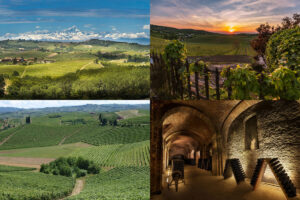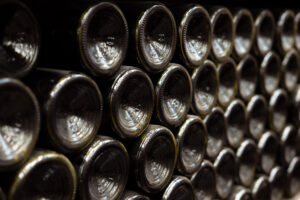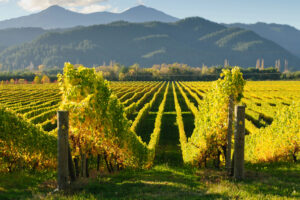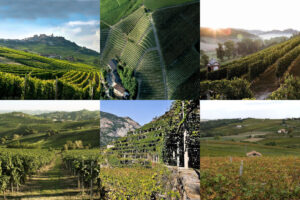48.5 million hectoliters, 2% less than the quite abundant 2015 harvest. If this result is confirmed at the end of the harvest, it will be a 9% average increase over the past five years. The estimates of the 2016 harvest in Italy by ISMEA and Italian Wine Union, presented in Rome, show the Italian vineyard is “in general good health, both qualitatively and quantitatively that will certainly consent facing both the domestic and international markets with confidence”.
At first glance, as stated in a note, the production results of this year’s harvest can be attributed to favorable climate and new vineyards substituting older ones. Weather conditions, though, have caused in some cases, even bigger problems in vegetation growth.
Beyond the "size" aspect of the harvest, the primary factor will be the quality of the grapes, which September weather will decisively contribute to, especially for reds. At the moment, according to the survey from the various regions, the expectations of the quality of the wines seem, nonetheless, very positive. The harvest calendar shows, among other things, a varied situation, which could tip the balance towards somewhat of a delay compared to last year.
Based on today’s data, Italy would be once again confirmed the symbolic world leader in the production of wine for 2016. In France, estimates currently show 42.9 million hectoliters (around 10% less than 2015 and 7% less on average over the last five years), while Spain’s harvest is stable at 42- 43 million hectoliters, as in the last two years. Regarding the other major European manufacturers, Germany is stable at 9 million hectoliters while Portugal has recorded a 20% decrease to 5.6 million, the lowest in recent years.
On the national level, the situation is substantially different from region to region as well as within each region. Of the top four producer regions, only Sicily shows a significant decline, while a slight increase is estimated for the Veneto production, thanks to new vines planted in Apulia and Emilia Romagna.
In the North, there has been a slight recovery in Piedmont, after two years of poor production. Valle d'Aosta has recorded substantial growth while Liguria remains stable. In Friuli Venezia Giulia new vineyards are in production placing the 2016 harvest well above the average over the last five years, even though there is a slight decline compared to 2015. Lombardy and Trentino Alto Adige, instead, have suffered the most from climatic uncertainties.
Continuing south, Tuscany and Umbria have recorded a significant setback, while there are some positive signs for Lazio, Abruzzi and The Marche.
The year showed a sharp setback for quantity in Campania that suffered numerous adverse climatic conditions during the vegetative development, causing a production decline of 20% compared to 2015. Good harvests in Molise, Calabria and Basilicata, where initial estimates are placed on slightly positive compared to last year. Finally, the vineyards in Sardinia confirm the same production results as last year.
Copyright © 2000/2025
Contatti: info@winenews.it
Seguici anche su Twitter: @WineNewsIt
Seguici anche su Facebook: @winenewsit
Questo articolo è tratto dall'archivio di WineNews - Tutti i diritti riservati - Copyright © 2000/2025







































































































































































































